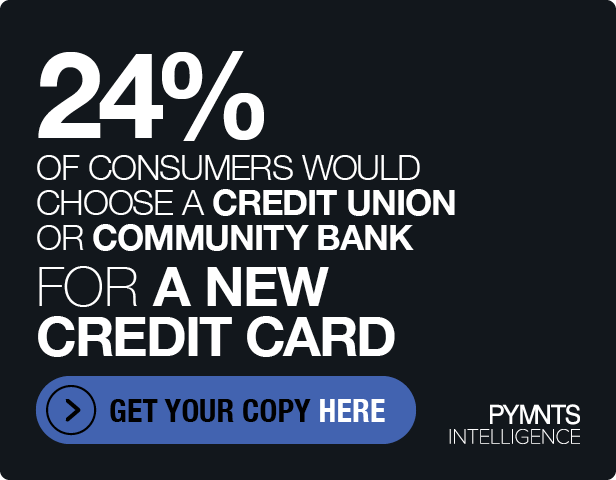Behavioral Analytics Show Precisely Where The Online Customer Journey Falls Apart

Even in the digital age, as we emerge from the pandemic, and as all of us wield devices to transact, online checkout processes are less than ideal or optimally designed. Customer frustration is leading to high levels of shopping cart abandonment, which in turn leads to lost revenues and lost customer loyalty.
Peter Andrious, vice president of solutions, Neuro-ID, told PYMNTS that intent can signal to an enterprise whether a customer is genuine or risky — or whether they’re hung up during the checkout process.
And it is that crucial step in online interaction that remains the point-of-sale conversion … or abandonment. PYMNTS research, after all, revealed in a June tracker that 21 percent of consumers have abandoned purchases due to overlong processes, with 18 percent citing “excessive security checks” and 11 percent saying that payments were declined due to false positives.
As Andrious detailed, the friction points are not uncommon. In fact, he recounted to PYMNTS that his own conversations with enterprises show that as many as 30 percent of the genuine user population are “forced through additional friction,” contributing to high abandonment rates.
But, he noted, many companies don’t have a great level of visibility into why customers act the way they do — or why so many good, genuine customers are turned away because they are deemed as risky or fraudulent. They may also not have visibility into the friction that exists across the online forms that must be filled out to get to the checkout page, where there may be a few fields, in particular, giving those consumers pause or agitation.
That frustration might boil down to the ways companies are asking questions — for example, when applying for a loan, a would-be borrower might not know whether to include a spouse’s income or bonuses.
Casting Too Wide A Net
And then there’s always the specter of fraud. As Andrious noted, casting too wide a net in simply trying to stop anything that looks out of the ordinary could mean turning away good customers. Many companies have an additional line of defense in place in the form of manual reviews.
“All of these things incur costs to the organization, especially when genuine users who are determined to complete the application get pushed to underwriting or offline review,” he said.
Against that backdrop, more companies are pivoting to a closer embrace of technologies geared toward examining customer behavior and behavioral analytics. Along the way, they are reducing their reliance on legacy ways of collecting and examining data.
Those tools, said Andrious, can pinpoint moments of friction on a site and determine whether consumers are having a good experience — and why they might be acting the way they do.
In addition, pauses and other telltale signs when entering what should be “automatic” PII — names, addresses, etc. (the static data points that tend to be compromised in data breaches) — can indicate whether a fraudster is at work. A genuine user would have an instant familiarity with their own PII.
“Behavioral analytics doesn’t rely on that historical static data, it evaluates every visitor to the site,” Andrious explained. “Every time they interact with your site, their actions during the customer journey open up a whole new look at their intentions … revealing, [for example], if they are confident or hesitant.”
Using behavioral analytics also allows a company to introduce “dynamic friction,” introducing security checks only when necessary. Software and analytics on offer from Neuro-ID, he said, can help quantify the friction points.
“Anyone can fill in the right data on the form, but showing how they got to the answer and how they filled in the form really tells a story,” said Andrious.
